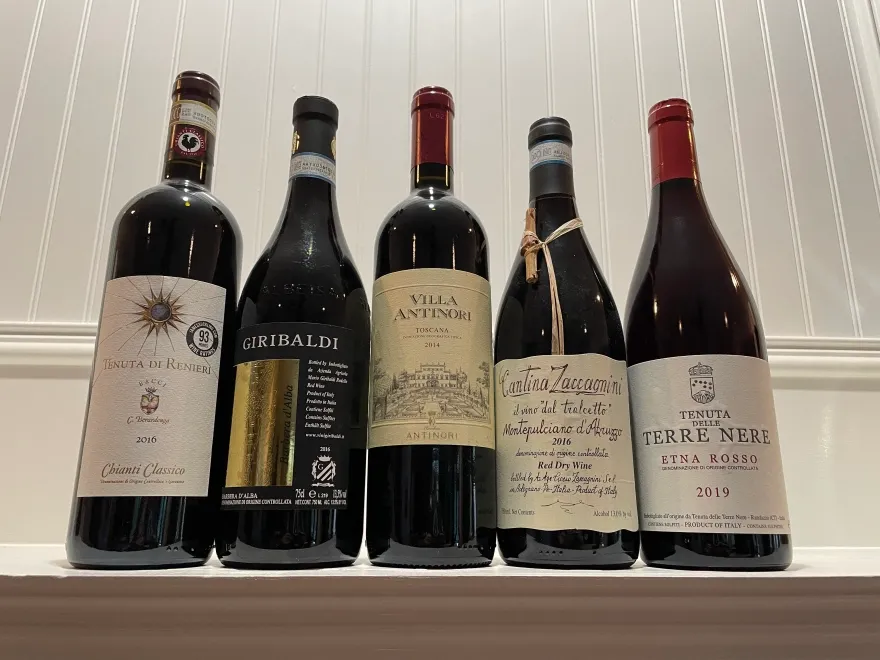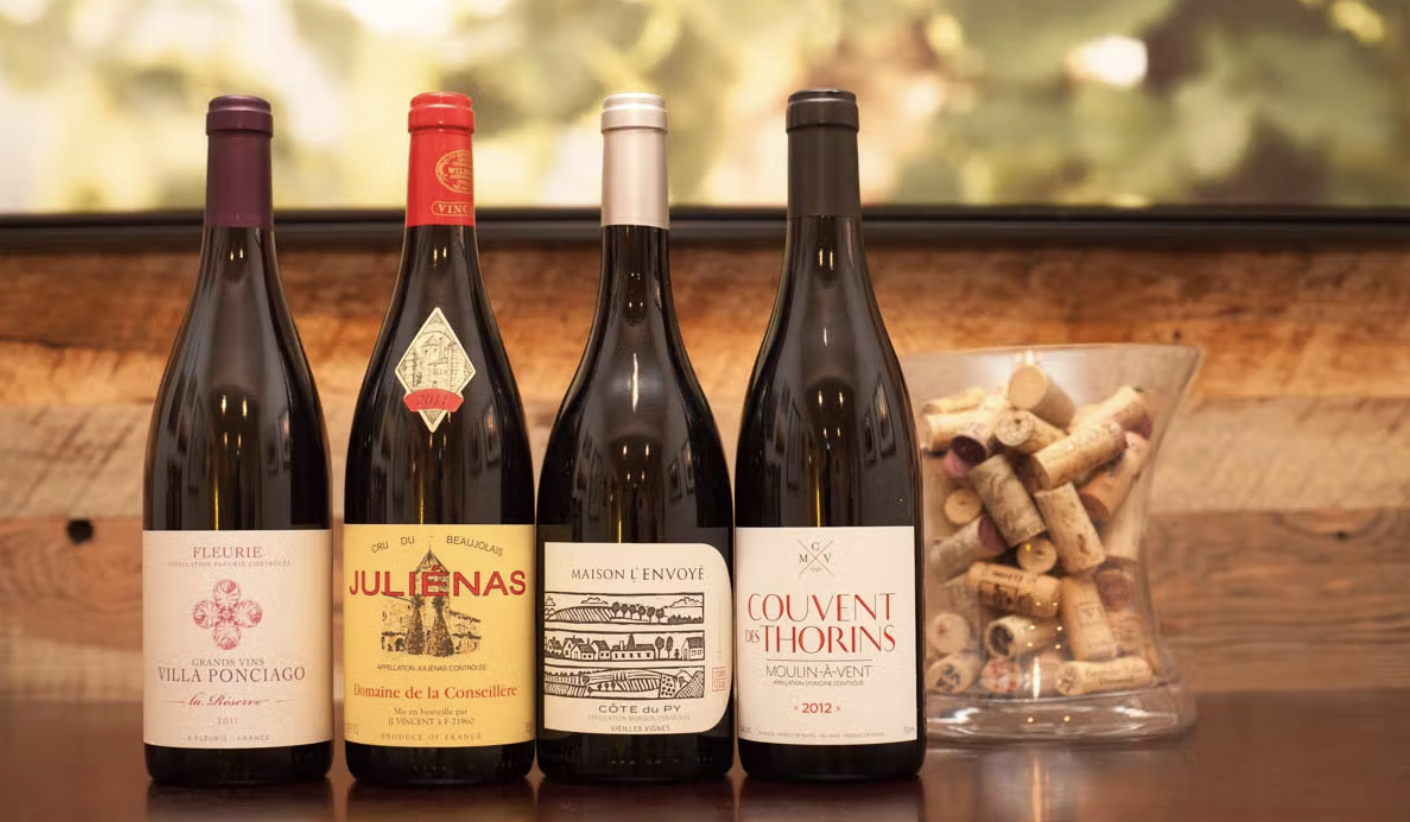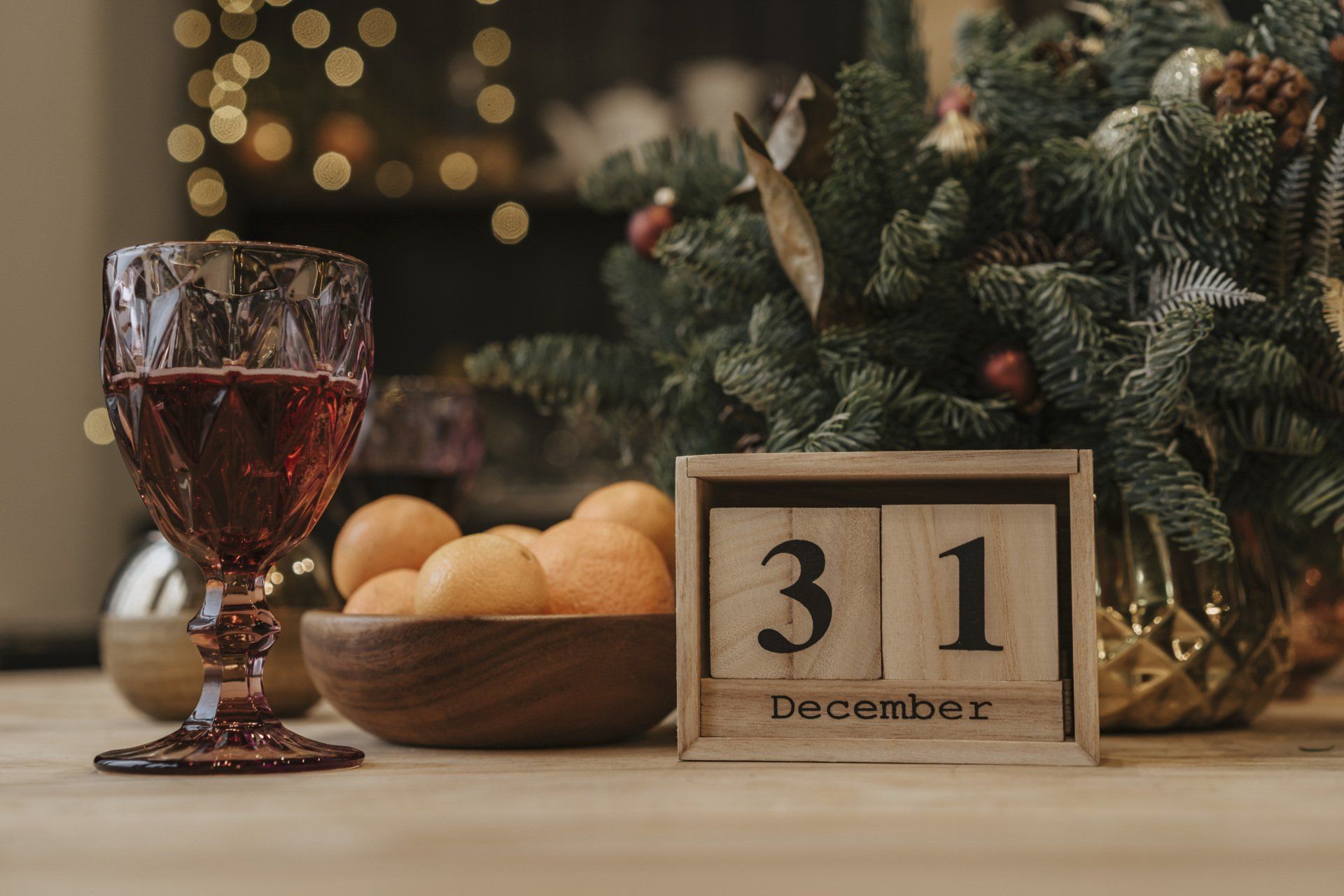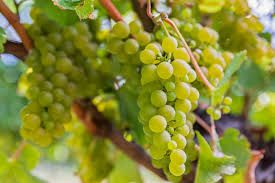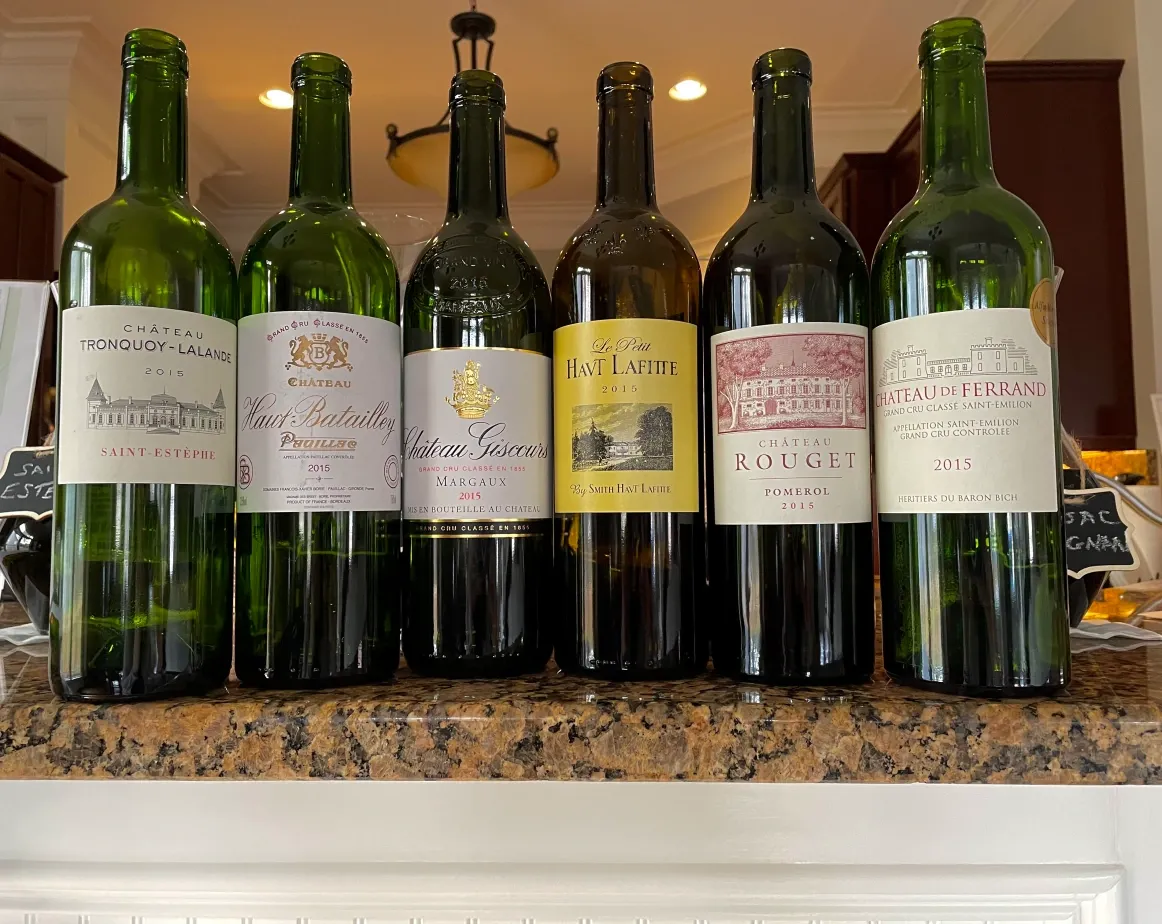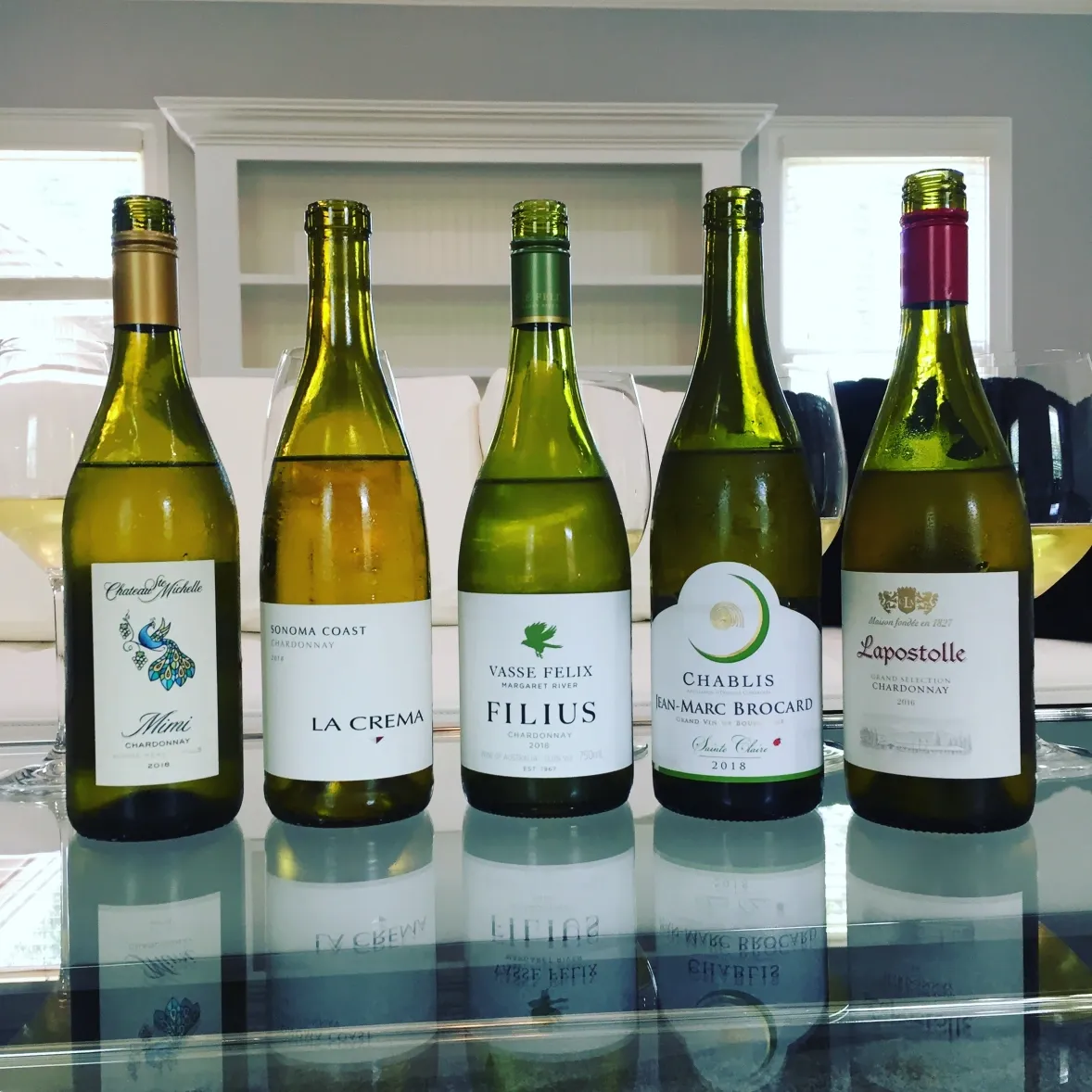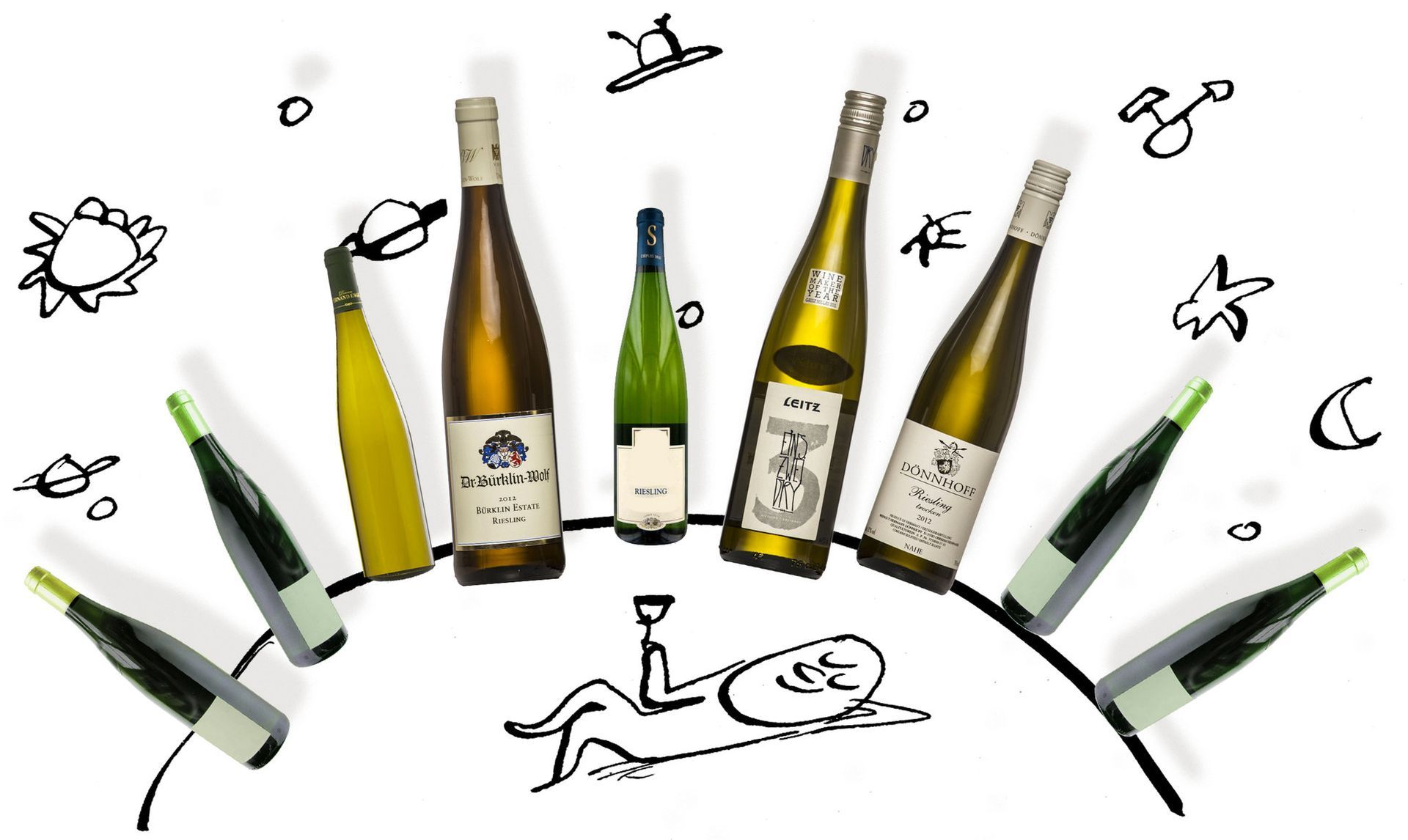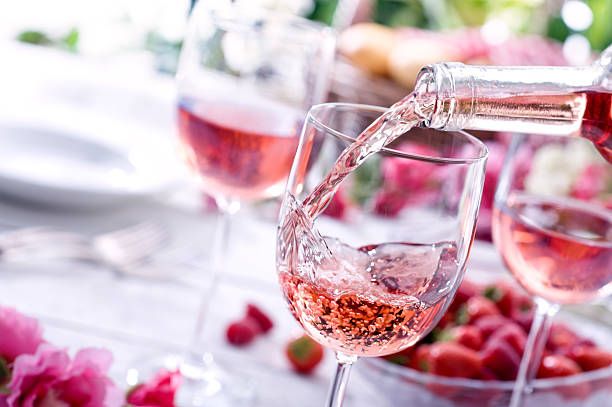Syrah – Northern Rhône
Looking for a great Syrah? Read on for a quick summary, tips and fun facts on Northern Rhône Syrah. You may just change your traditional thinking on Northern Rhône Syrah!
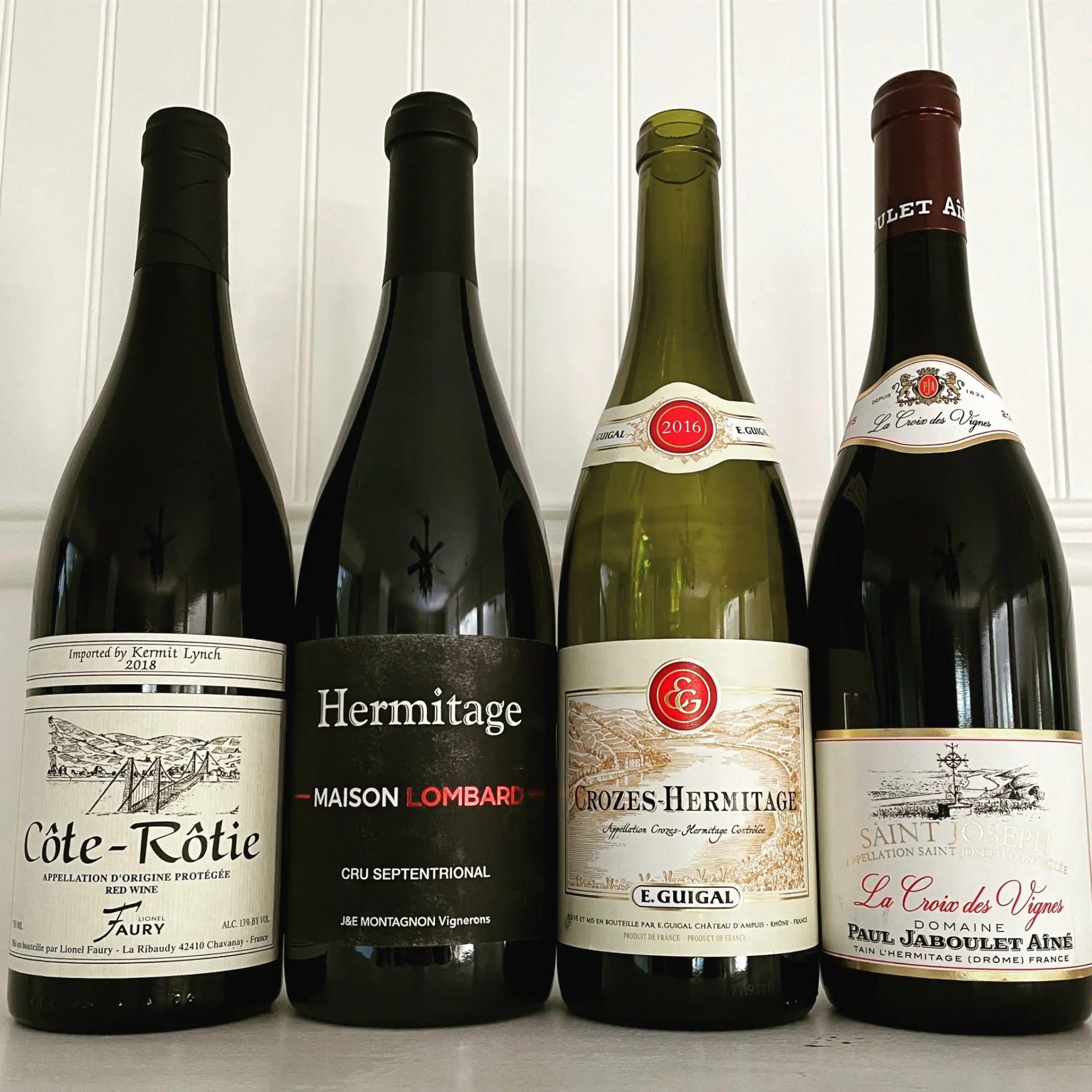
Description/Pairing: Northern Rhône Syrah is typically a fuller bodied wine with higher tannins and alcohol and medium acidity, with black fruit, spice, black pepper, meaty and violet notes. These wines are fabulous with beef or heavy vegetarian stews, most grilled meats, hamburgers, meatloaf, and my favorite pairing – sausages. Syrah complements the garlic and spices in these dishes. Syrah is also a great pairing with big, salty cheeses. Choose bold foods that stand on their own.
Fun Fact: Many instinctively equate the entire Rhône Valley to Syrah. In fact, Northern Rhône, where Syrah is the only permitted red grape, is less than 10% of total production in the Rhône Valley. Most wine production is in Southern Rhône with Grenache as the dominant grape – think Châteauneuf-du-Pape. More on that fabulous Southern Rhône area soon in a separate post.
More Info: The River Rhône flows down from the Swiss Alps and carves out this narrow Northern Rhône Valley, approx. 50 miles long, with very steep slope gradients of up to 60 degrees. Back in Roman times, terraces were built into many of these slopes for easier management and to stop the soil wash down the slopes. There’s little if any mechanization here which is reflected in the final product prices.
There are eight Crus (the most select quality rated areas) in Northern Rhône, three of those produce 100% white wines. The remaining five red producing Crus are listed below, generally in the order of north to south. Each of these areas has a distinct character, and each of these, except Cornas, are permitted to add a small amount of the local white wine to their reds for additional aroma and flavors. These will have a higher price tag than a more generic “Côtes du Rhône” label without a specific area indication. However, I am certain you will gain a whole new perspective on Rhône Syrah after trying wines from these Crus below!
Côte-Rôtie – (translation “roasted slope”) This area is the furthest north, close to Burgundy. The slopes are so steep here, many vineyards have pulleys and monorails to haul the grapes down the hill. The wines here are traditionally more feminine as compared to the big, bold wines of Hermitage.
Lionel Faury Côte-Rôtie 2018 – Wow, I personally found a new favorite here. This is the most elegant wine of the five, oddly reminding me of Burgundy even though it’s Syrah. Fantastic, pronounced perfume of flowers, fruit and spice. A lighter, very elegant look and feel of red cherry liquor, strawberries, blueberries, cranberries, baking spices, vanilla, new leather, coffee and violets. So much going on here. Smooth, silky tannins; long red berry and floral finish.
Hermitage – This is the most famous area, typically described as producing very masculine wines with a fuller body and developing more gamey flavors with age. These may also contain more sediment and should be decanted. Historical records indicate that in the 1700s, Bordeaux was actually enhancing their wines with those from Hermitage.
Maison Lombard Hermitage 2014 – In sharp contrast to the above Côte-Rôtie, this was much bolder, with a deeper purple color, more body and more meaty aromas and flavors. Full mouthful of black cherries, blackberries, meaty, herbs de Provence, tobacco and black pepper. Stronger but very smooth tannins and a long finish of black fruit and tobacco. This wine was especially good with my sausage pairing, bringing out the spices in the wine and the meat.
Crozes-Hermitage – This is the largest area, with still some vineyard newcomers, whereas most of the other Crus are smaller and all built out. With the varied soils, depending on sub-area, and varied styles, good value can be found but research may be required.
E. Guigal Crozes-Hermitage 2016 – This was the least expensive of these 5 wines, with much more fresh fruit aromas and flavors. A medium bodied wine of fresh red cherries, blueberries, raspberries, cranberries, spice cabinet, vanilla, new leather, tobacco and black pepper. Softer, smooth tannin levels with a medium red berry and violet finish.
Saint-Joseph – This is also a highly varied area, depending on vineyard location and winemaker style. Most wines here are lighter in style, many undergoing carbonic maceration, but there are exceptions with some as bold as a Hermitage.
Domaine Paul Jaboulet Aîné La Croix des Vignes Saint-Joseph 2015 – This wine had the deepest purple color with fresher aromas of red and black fruit and new leather. Silky mouthfeel of red cherries, blueberries, vanilla, black pepper, tobacco and new leather. Sharper tannins that lingered a bit into the finish of berries and leather. Not quite as complex as the above wines but otherwise a great, lighter style Northern Rhône.
Cornas – The most southern and warmest of the red Cru, and the only Cru that requires 100% Syrah. These wines tend to lean to the Hermitage style with more bold and meaty characters.
Maison Denuzière En Saruman Cornas 2015 – Not as elegant as Côte-Rôtie, not as serious as Hermitage, this wine is just right. A deep, purple color with meaty, herbal and black fruit aromas. Soft, silky mouthfeel of fresh black cherries, blueberries, blackberries, tobacco, black pepper, meaty and violet notes. Firm smooth tannins and a medium black fruit finish.
Explore more Northern Rhône reds and let me know what you think! Link to Wine.com below has many great options.
More Wine Articles
